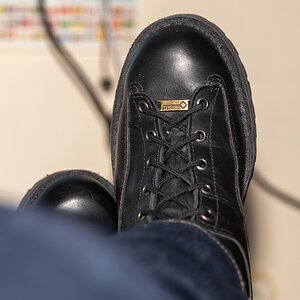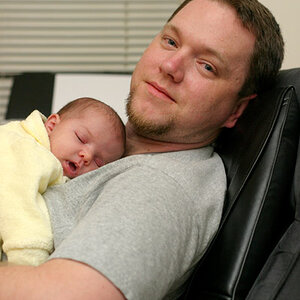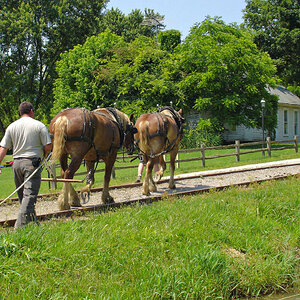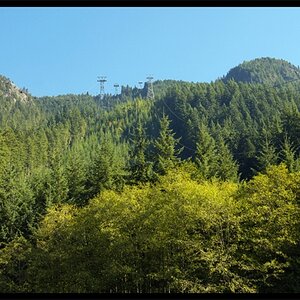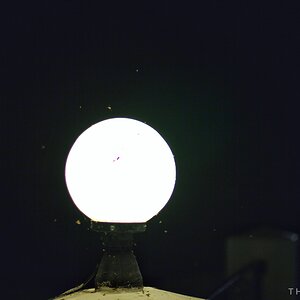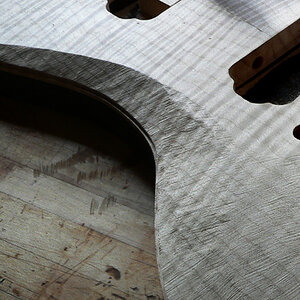Sinister_kid
TPF Noob!
- Joined
- Oct 12, 2008
- Messages
- 215
- Reaction score
- 0
- Location
- In The City
- Can others edit my Photos
- Photos NOT OK to edit
Alright, well i am the "School's Photographer" as my yearbook teacher would like to put it and i am pretty much contracted to shooting all the sports throughout the year. I have been having some troubles with volleyball for some reason. Here's my situation:
D80 w/ 18-135mm lens.
Shooting at like 1/90-1/180, depending on zoom level.
Aperture, lowest setting for zoom level.
ISO: 1600 w/ High ISO NR (ON)
My pictures aren't turning out like i would like them, i don't have any examples at the moment or i would post them. But i'm looking for a way to maybe to able to shoot at a higher shutter speed without risking getting tons of noise in the photo.
Any help is greatly appreciated! Thanks!
D80 w/ 18-135mm lens.
Shooting at like 1/90-1/180, depending on zoom level.
Aperture, lowest setting for zoom level.
ISO: 1600 w/ High ISO NR (ON)
My pictures aren't turning out like i would like them, i don't have any examples at the moment or i would post them. But i'm looking for a way to maybe to able to shoot at a higher shutter speed without risking getting tons of noise in the photo.
Any help is greatly appreciated! Thanks!


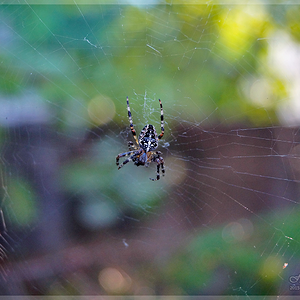
![[No title]](/data/xfmg/thumbnail/37/37623-b930ccd802f79b9c9cea990a7a5e5462.jpg?1619738153)
![[No title]](/data/xfmg/thumbnail/40/40356-883c642c8d24d2709b359f9c8b196fcf.jpg?1619739437)

